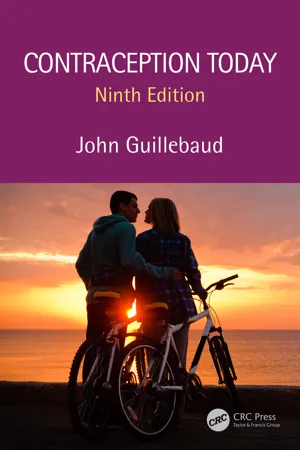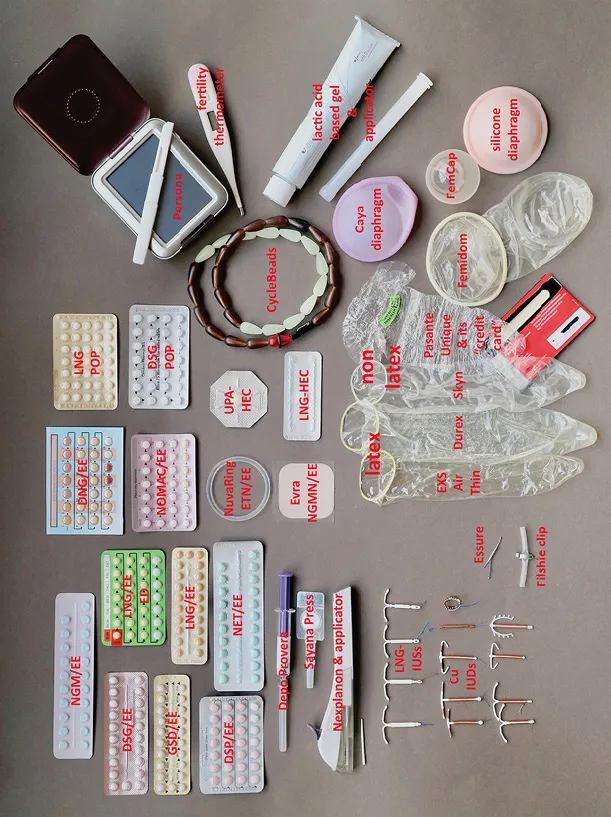
- 194 pages
- English
- ePUB (mobile friendly)
- Available on iOS & Android
Contraception Today
About this book
The fully updated ninth edition of this bestselling handbook summarizes concisely but fully the methods of contraception, of which there are more now than were ever available to previous generations.
This is a practical guide and includes newly launched intrauterine contraceptives. It also explains why new regimens for oral contraception should replace the standard 21/7 ritual that is suboptimal, despite being the norm for the past 60 years. Incorporating relevant WHO and national guidance documents, Professor Guillebaud's writing is appreciated because he describes best practice not only when there is a good evidence-base but also when there is not. He guides clinical judgement in real-world situations, where there often are unknowns yet the healthcare provider is facing a person who needs practical help now, in making their choice of method according to their own priorities. The easy-to-read format includes bulleted text and colour summary boxes that present information at a glance.
Contraception Today is the ideal guide to contraceptive advice for general practitioners and practice nurses.
Frequently asked questions
- Essential is ideal for learners and professionals who enjoy exploring a wide range of subjects. Access the Essential Library with 800,000+ trusted titles and best-sellers across business, personal growth, and the humanities. Includes unlimited reading time and Standard Read Aloud voice.
- Complete: Perfect for advanced learners and researchers needing full, unrestricted access. Unlock 1.4M+ books across hundreds of subjects, including academic and specialized titles. The Complete Plan also includes advanced features like Premium Read Aloud and Research Assistant.
Please note we cannot support devices running on iOS 13 and Android 7 or earlier. Learn more about using the app.
Information

Table of contents
- Cover
- Half Title
- Title Page
- Copyright Page
- Contents
- Preface
- 1. Introduction
- 2. Combined hormonal contraception
- 3. Progestogen-only pill
- 4. Injectables
- 5. Contraceptive implants
- 6. Intrauterine contraception
- 7. Emergency contraception
- 8. Other reversible methods
- 9. Special considerations
- Appendix: Use of licensed products in an unlicensed way (“off-label use”)
- Index